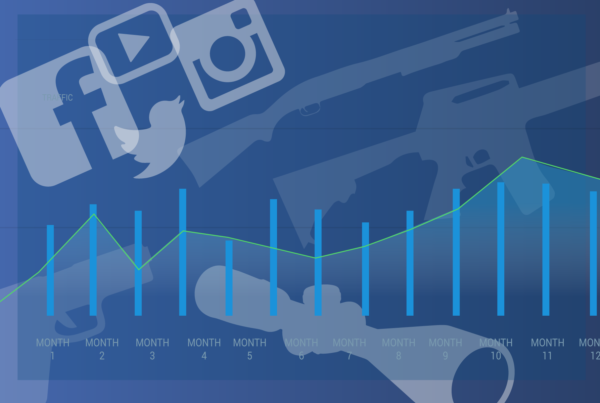
If you’re going to spend the time writing a blog you might as well learn how to do it correctly because it takes a little practice. There is a lot of meaningless content floating around out there on the internet from people who don’t know how to blog correctly.
In this article, I’ll give you 7 steps on how to write a blog post that engages your readers, optimizes your web site, solves your customers problems and establishes your brand’s credibility and trust.
1. Pick a topic that solves your buyer personas’ problem
Every blog post worth its mustard must be written for someone specifically in mind. To write a blog post that whimsically moves from thought to thought will confuse your reader and in most cases cause them to ‘bounce’ off your website. By identifying who your buyer persona is first, it will help you to keep your thoughts focused and targeted. You can’t help anyone when you try to help everyone.
2. Create content that is relevant and remarkable
According to Google CEO, Eric Schmidt, “every two days now we create as much information as we did from the dawn of civilization up until 2003. That’s something like five exabytes of data, he says.” (Source: TechCrunch) That’s a lot of content. Content can take the form of anything that is written, tweeted, recorded, snapped or placed on the internet for someone to read or view. When you set out to create content in the form of a blog, try to do your best to create something that is remarkable, relevant and that solves your customers problems. This will make sure your efforts and time isn’t thrown on the pile of content fodder.
3. Outline with keywords in mind
Once you have figured out who you are writing for, organize your thoughts into an outline. Start with a catchy headline and introduction. The headline should include the keywords you are targeting and pertain to what the article is about. Sprinkle your keywords throughout your article—but only if it makes sense. Do not write for search engines, write for your customers.
4. Organize with bullet points and sub-heads
As you move through your outline, create short, succinct sub-headlines that provide information that tells your persona what the information is about. People tend to scan articles quickly, stopping at sections that interest them. Make sure your sub-heads are specific to the information or problem you are solving. Another tip is to use bullet points to divide your information into chunks that can be consumed quickly. Give them what they need to make a decision quickly.
5. Use images
We live in a highly visual society. And like they say, a picture is worth a thousand words rings true in the wild world of blogging. Use visuals in the form of images, infographics or diagrams that tell the story quickly. A strong visual helps to make the article ‘sticky’ by keeping them on your site longer. It is suggested that Google now counts visitor length or ‘dwell time’ as a metric in determining the authority and rank of your website. (Source: Backlinko). Articles with images get 94% more views. (Source)
6. Cite your facts and stats
If you’re giving advice or recommendations, source your information from credible sources to back up your claim. This will add an extra layer of trust and establish authority in your writing. Human beings love little stats and bits of factual data. Always try to include a simple amount of these little factoids to engage your readers further.
7. End strong
Just as its important to write a good introduction, its equally important to end with a good conclusion. Re-itereate the points you made, why the information given will help solve their problem and a call-to-action (CTA) on what you’d like them to do next. This can be contact for more information, download a whitepaper, visit this page etc.
In conclusion, a good blog post starts with sharing remarkable content that solves a problem and is geared towards your buyer persona. Format your blog starting with a catchy headline with a targeted keyword, a good introduction that tells the reader what they will learn, organized and succinct sub-heads, good visuals, cited sources and a strong ending. By following these tips you’ll be on your way to becoming a strong writer and a blogging pro.





